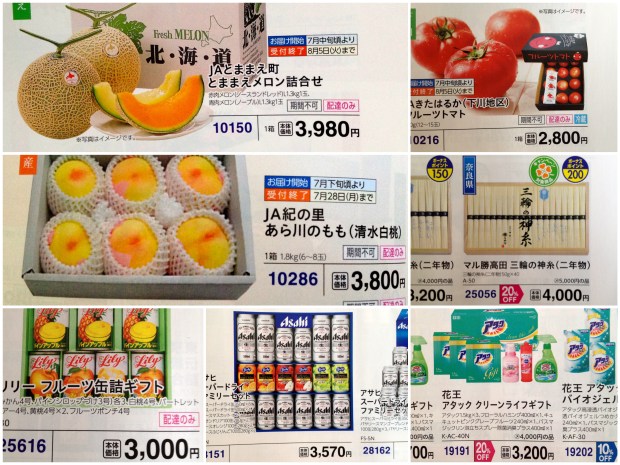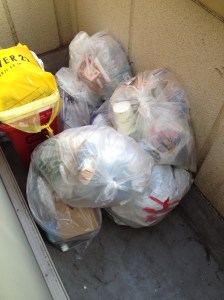Japan is the land of gifts. The intricacies of gift-giving are challenging for non-Japanese to understand. I hear it’s particularly difficult for business people as a badly wrapped or improperly presented/received gift can derail a relationship. The etiquette is familiar and well-known to Japanese people:
- OMIYAGE are souvenirs from holidays for friends, family and co-workers
- TEMIYAGE are thank-you gifts
- when going to someone’s house for dinner (rare) or, more commonly, to a restaurant as a guest
- at the beginning of a business relationship
- to a boss, mentor or co-worker
- Seasonal OSEIBO are gifts given in December to co-workers, friends and relatives
- Seasonal OCHUGEN are gifts given in June also for co-workers, friends and relatives
Japanese women give chocolate to men on Valentines Day and receive double or triple their efforts back a month later on White Day. Gifts are not traditionally given on birthdays or Christmas but the infiltration of the Western world has prompted some Japanese people to participate. At weddings, births and funerals people give money in beautiful envelopes wrapped with intricate cord; also children get money on New Years day. Money is also the most common gift for a teacher…something that would not be appropriate for us! (Can you say ‘bribe’.) Money received at weddings, births and funerals is acknowledged/reciprocated by a gift sent by post a month or two afterwards.
Presentation is everything and the wrapping is often more important than the gift itself. I’m pretty sure I was Japanese in my last life as I love wrapping presents. (I could also have been a caterer as I also excel at arranging food on plates.) I digress. If you’re ever presented with a gift from a Japanese person, be sure to accept it with both hands and express gratitude. Don’t open it in their presence as it’s considered rude, this also makes it easier to re-gift if you don’t ruin the packaging 😉 You now have an obligation towards that person …hence the beauty re-gifting. Which is great for non-perishables but doesn’t work so well for melons, meat or flowers.
I just love the fact that you can get beautifully wrapped and nicely boxed canned goods, laundry soap, tomatoes, cans of beer, soba noodles…pretty much anything you can think of. This is so far beyond the typical North American gift of a nice box of chocolates, cookies or fancy tea that you really have to see it to believe it. Many department stores and supermarkets have entire departments dedicated to the choosing, ordering and delivery of gifts. Note that foreigners are not expected to understand or comply by the gift etiquette but if you plan on living here it might be an idea to learn…and bring a few bottles of maple syrup or maple butter (VERY popular) if you’re on your way over.



